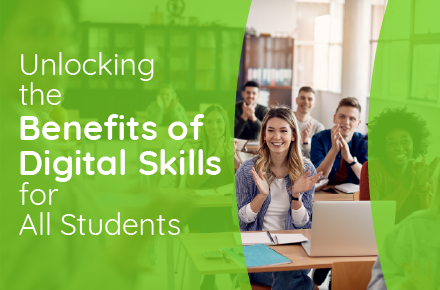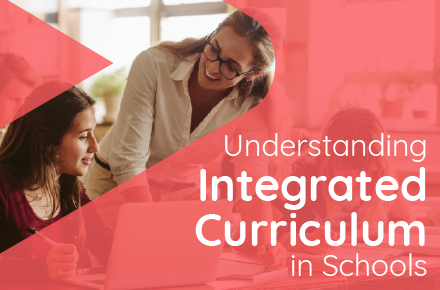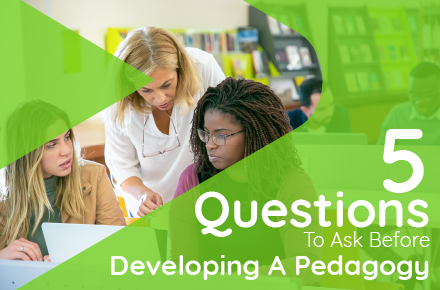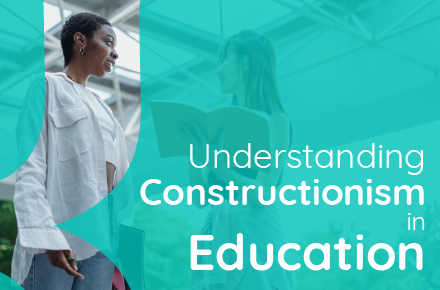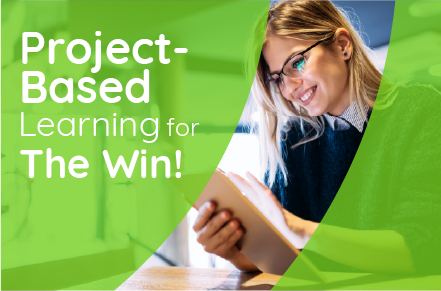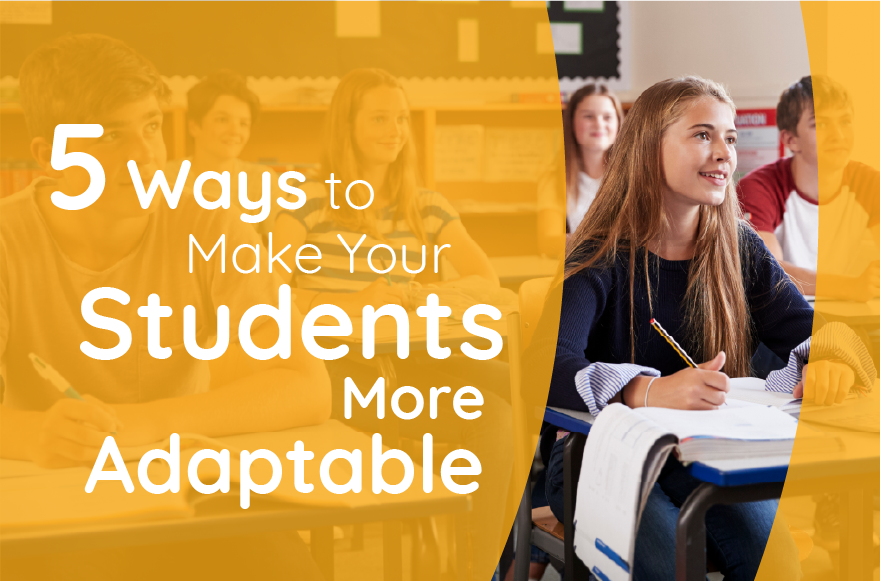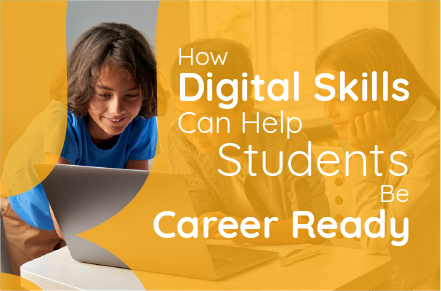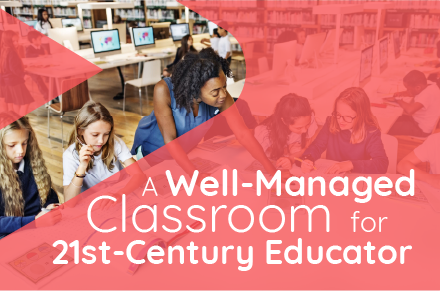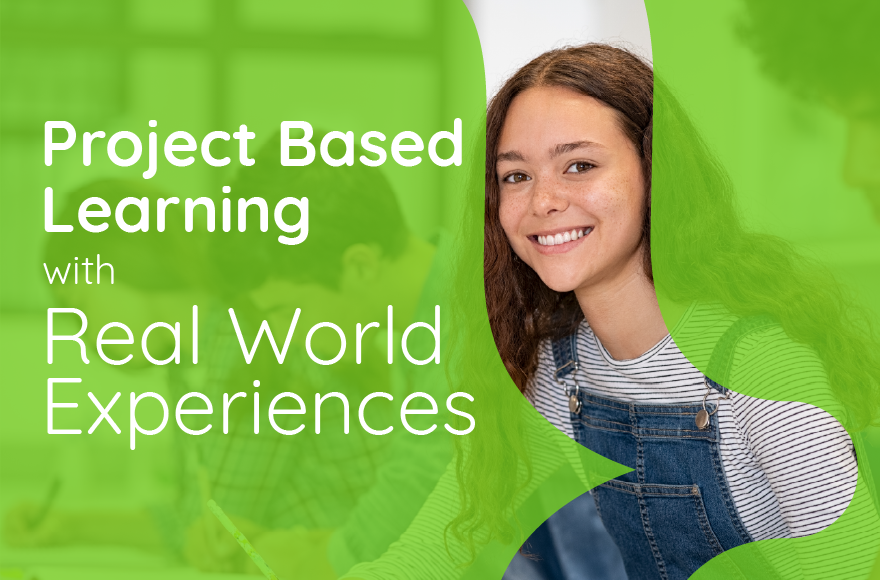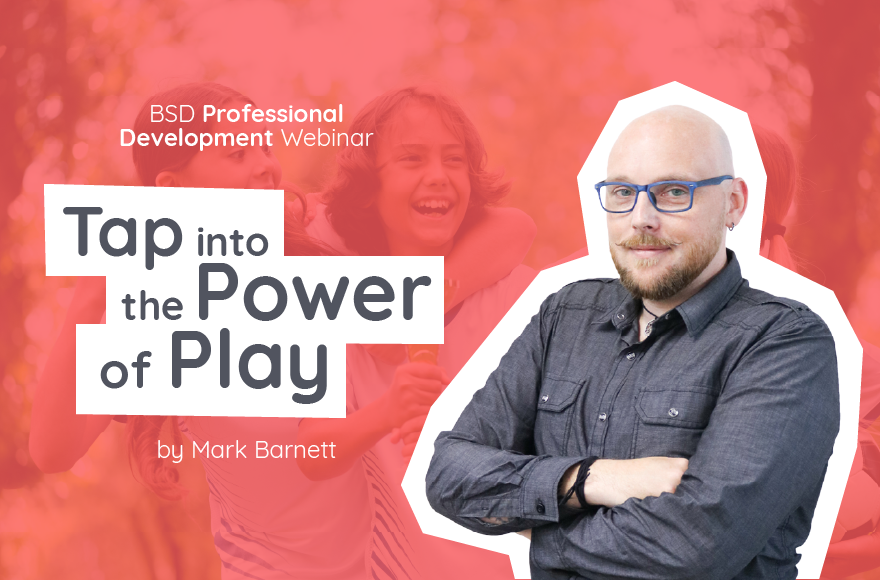What digital skills are necessary for future-ready, career-ready students? I’m sure if I asked 100 people what they thought the answer was, I would get 110 different examples. So how and which digital skills do we teach when we don’t know what those jobs look like because they haven’t been created yet? It’s like training for a sport, but you don’t know which sport you will be playing. Will I need to throw a football or hit a ball with a bat, or maybe I will be doing track and field? So how do you prepare when you don’t know what future jobs will look like?
Some think they know the answer.
When I started teaching computer fluency skills (about eight years ago), I was told by a school admin not to focus on keyboarding skills. “The keyboard will go away, and the students will not need this skill. “ I sat and listened to the admin in front of me, who had minimal technology skills or knowledge. I let him continue to tell me the best method for my classroom, and I let it go in one ear and out the other. I taught the students keyboarding skills along with multiple other hard and soft skills that year. Two years later, I was asked to teach keyboarding to kindergarten through second grade. It was interesting to see how as time went by, the keyboard did not go away but instead became more of a need for the students.
Some thought it wasn’t a problem.
.
Then COVID hit a few years later, and there was a big reality check. Schools realized that their students were not digitally fluent. Emails were sent to teachers with the body in the subject field, video cameras were turned off or were used inappropriately, and now the teacher needs to learn and teach the students Google Classroom, Google Meet/Zoom, etc. But we survived.
Now we’re back to “normal” for the most part. We have had time to fill the gaps across all curricula, but the question remains: What digital skills will the students need to be career-ready/future-ready?
Let’s start with what we know.
All students will need computer literacy or digital literacy, or computer fluency. However, you want to label it. They need to know the technology hard skills along with soft skills as well.
Nowadays, when you ask young students what they wanna be when they grow up, you don’t hear nurses, firefighters, police officers, etc. Now you hear students say they want to be YouTubers, game designers, or technology-related careers.
Remember, these students were born with a device in their hands, but that does not mean they know how to use it properly. Yes, they probably know how to create a video, peruse YouTube, or maybe even create a simple game using scratch. However, they really do not know the fundamentals of digital skills. Being forced into online learning proved that to be true.
To prepare them for future careers, we need to be sure we’re introducing students to all different levels of digital technology. We want our students to be well-rounded and give them opportunities to try something new. A simple progression starting with foundational hard skills such as word processing spreadsheets, presentation materials, and email is a great start. Once those students have those foundational skills, you can start incorporating real-world projects and help the students develop their soft skills simultaneously.
Let’s focus on soft skills for a moment. I look at soft skills as the umbrella, and under that (supporting the umbrella) are different categories such as communication. Then within communication comes the skills needed (the raindrops if we keep with my metaphor), such as public speaking, collaboration, writing, etc. We can do the same with critical thinking. The skills needed there are curiosity, adaptability, resilience, and empathy. Then you have leadership, where students need time management, conflict resolution, and decision-making skills.
There is one thing that you should note, people fear that the future will entail jobs being replaced by robots. However, one thing you must remember is that robots cannot feel or experience critical thinking. So therefore, the most important skills the students will need will be soft skills; curiosity, adaptability, resilience, and empathy are all the core soft skills that robots cannot mimic.
So, our suggestion is first to define digital skills, create a progression, and incorporate soft skills.
For more information on how to complete this process and help your students become career ready, check out my next webinar, “How Digital Skills Can Help Students Be Career Ready,” on September 8, 2022, from 1:00-1:45 EST. Reading this article after the date of the webinar, no problem! All previously recorded webinars can be found here on our website.
For more on this topic, check out our BSD Learn Webinar over on our YouTube channel today

